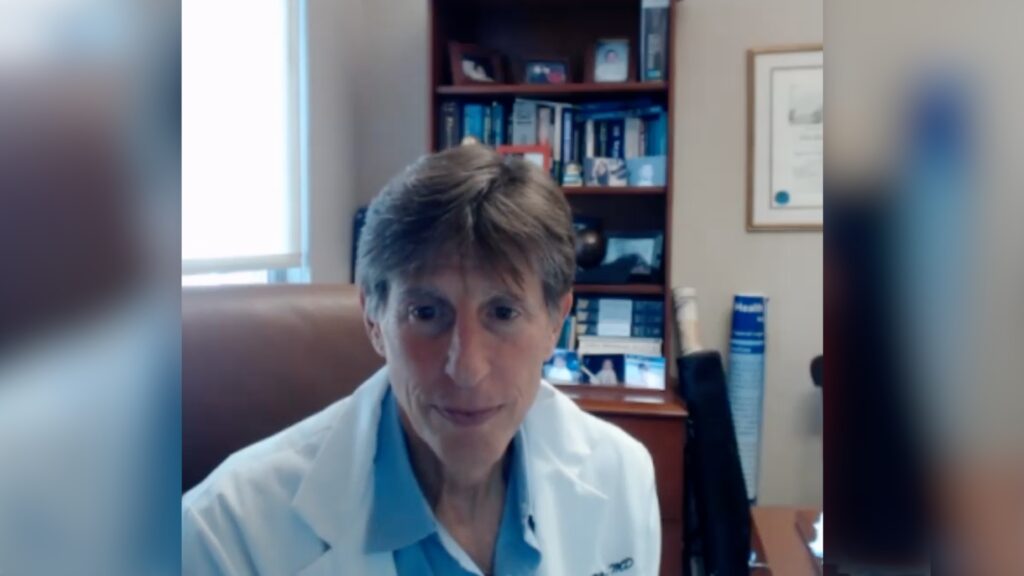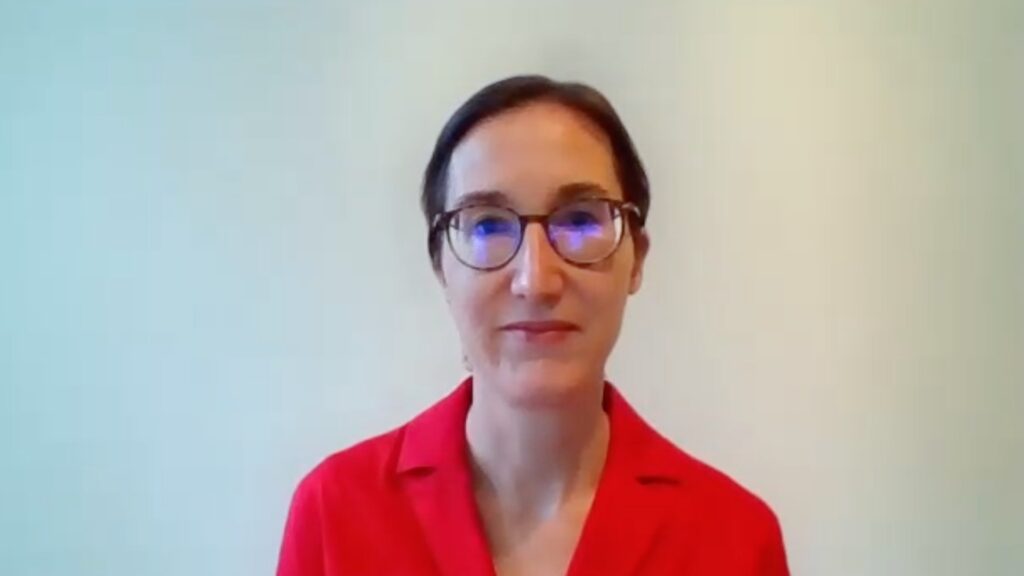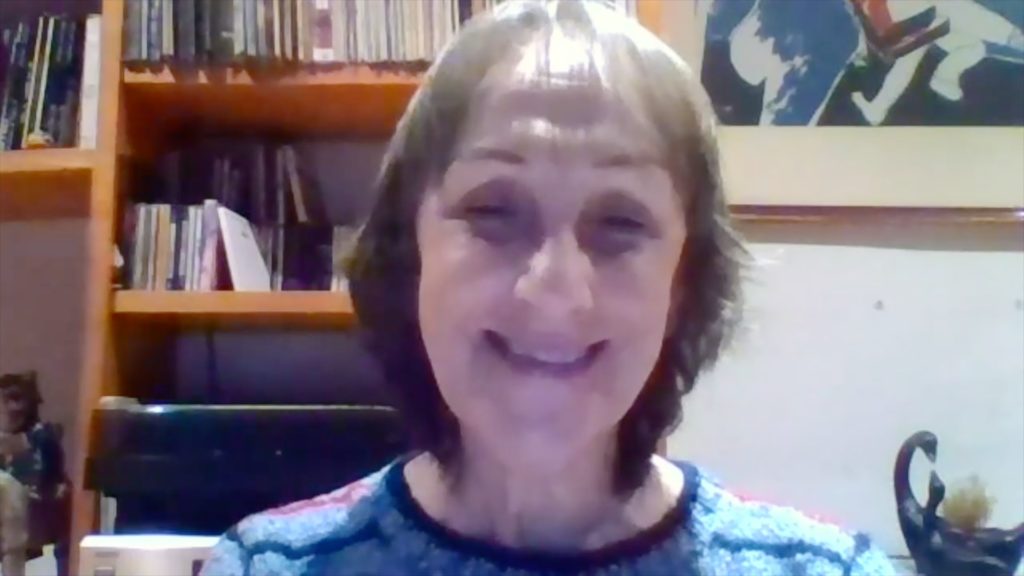Giant cell arteritis (GCA) is a primary systemic vasculitis characterised by systemic inflammation and vascular insufficiency of large and medium blood vessels which may lead to end-organ damage in patients age 50 and older. touchIMMUNOLOGY were delighted to speak with Dr Lisa Christ (Universitätsspital Bern Bern, Switzerland) about the unmet needs in the pathogenesis of GCA and the role of molecular phenotyping of GCA.
The abstract ‘Molecular Phenotyping of Giant Cell Arteritis Patients: Analysis of the Serum Protein Profile Using a High Throughput Method‘ was presented at the European Alliance of Associations for Rheumatology (EULAR), 31 May – 03 June 2023.
Questions
- What are the current unmet needs in the pathogenesis of giant cell arteritis? (0:20)
- What is known about the role of molecular phenotyping of giant cell arteritis? (1:22)
Disclosures: Lisa Christ discloses grant/research support from Gilead Sciences, F. Hoffmann-La Roche and Pfizer.
Support: Interview and filming supported by Touch Medical Media Ltd. Interview conducted by Shanice Allen.
Filmed in coverage of the European Alliance of Associations for Rheumatology (EULAR) Annual Meeting
Click here for more content from EULAR.
Transcript
I’m Lisa Christ, and I work in the Rheumatology and Immunology department in Bern in Switzerland. And it’s my great pleasure to present to you some data on the pathogenesis of GCA.
What are the current unmet needs in the pathogenesis of giant cell arteritis?
So overall, like in many diseases, we know that the pathogenesis of GCA is still incompletely understood. When we have a look at, for example, epidemiological studies, we know that female gender, for example, or Northern European ancestry, and especially age, is one of the key risk factors to develop GCA. And when we take care of GCA patients, we know that there’s a huge clinical variety, like some patients have a cranial phenotype, they have headache, or jaw claudication, and other patients have a chronic disease, they have relapses, and others don’t. But I think that if we solely phenotype our patients, based on those clinical data, we might not capture the full complexity of the disease. And therefore, it’s really important to better understand the immune profile of those different phenotypes in GCA. However, up to now we have a lack of biomarkers to profile those different phenotypes.
What is known about the role of molecular phenotyping of giant cell arteritis?
So I think one good way to look at this is if you look at current treatments that work really well on GCA. And one most used is tocilizumab. It’s a monoclonal antibody blocking interleukin 6. So by taking this into account, that IL-6 inhibition is really effective to manage GCA, we know that one of the key cytokines involved in GCA is interleukin 6. And if we have a look at the cell level, we know that, for example, T lymphocytes, like Th1 or Th17, and monocytes are important as well. If you have a look at the vessel, we know that enzymes like matrix metalloproteinases like MMP9, who disrupt the basement membrane, and this enables the invasion of immune cells, and this leads to the inflammation in the vessel wall. Additionally, we now know that, for example, inhibitory immune checkpoints like PD-1. They are deficient in GCA and by this inhibition of those less Inhibitory signals to those checkpoints, we have some ongoing inflammation in the vessel wall.
Subtitles and transcript are autogenerated.







